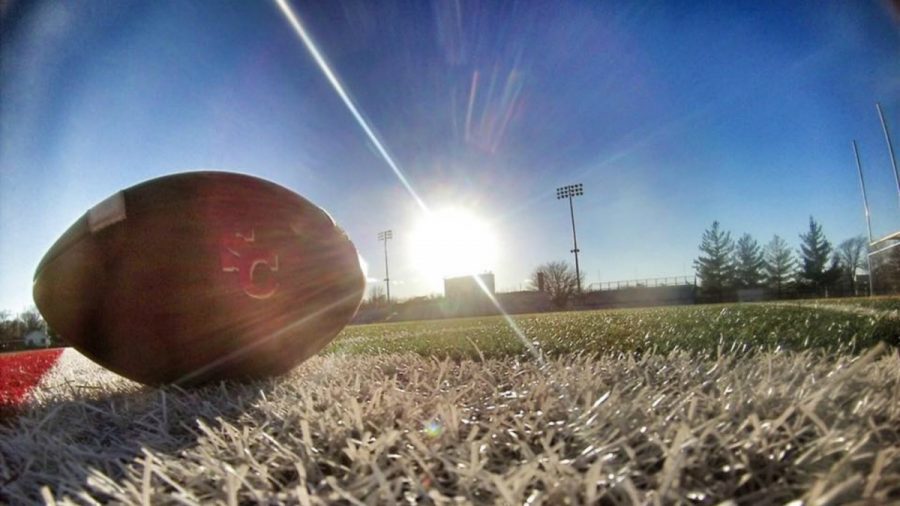Editorial: Let’s inform young athletes about dangers of CTE
January 31, 2018
Chronic traumatic encephalopathy is a disease common in football players that is often caused by repeated head trauma.
With the association of football with concussions, many studies on CTE have been conducted to research the number of former players who face the often life-ending disease.
In a recent study by the Journal of the American Medical Association, 110 of the 111 tested professional football players were found to have CTE, which can only be diagnosed post-mortem.
CTE is not being taken as seriously as it needs to be within the nonprofessional sports world. Discussing CTE should be more prominent when a young athlete starts playing football, especially between coaches and their players.
Discussion leads to change, and that’s what needs to happen with CTE.

In the same study, researchers found signs of CTE in three of the 14 brains of high school players and 48 out of 53 collegiate players. Both high school athletics and collegiate sports need to implement change to ensure the current and future safety of players.
After studies pointed to football as the leading cause, the NFL publicly admitted to the connection between repeated head trauma from concussions in football and CTE in 2016.
This issue is big enough that a federal judge granted a class-action lawsuit between the National Football League and thousands of former players, totaling $5 million per athlete.
This seems like a lot, but the court system is committed to the health and safety of current, past and present players because of the impact they have on young athletes.
CTE should not be a taboo topic in high school and college athletics.
There should be more discussion and information about CTE available to young athletes. CTE is currently incurable, but the NFL is working on medical studies to ensure current and future players don’t have to worry about CTE while playing.
Though the NFL has taken many steps to start the ball rolling on CTE research at all levels, many collegiate athletic departments aren’t following suit. Concussions are often an unspoken topic with Power Five football teams, so CTE is not even on their radar. It should be.
The only real opposition to CTE research is from businessmen in the NFL who are making money from the league and don’t want that to end and parents who want their kids to enjoy their childhood and play football without worrying about the consequences later in life.
Major signs of CTE come years after an athlete is done playing football.
This means athletes and researchers don’t have enough time to make significant changes for the improvement of a player’s health.
For high school and collegiate athletics, concussions are an area of major concern. Coming off the field with any signs of disorientation, dizziness or headaches, players are immediately evaluated by athletic trainers and coaches to be cleared before playing again.
If you’ve ever had a concussion, you’re with the majority of football players, all of whom want to get back onto the field.
With more discussion and research happening throughout the sport at all levels — pro, collegiate and high school — change to keep athletes safe and less prone to CTE in the future will begin.
Even local communities are seeing the outcomes of repeated head trauma in young athletes.
In 2015, Zac Easter, a former Indianola High School football player, ended his own life after suffering from what he believed to be CTE.
On his final day, Easter intentionally chose to save his brain to be medically examined for CTE in his autopsy. If it can happen here, it can happen anywhere.
More conversations need to happen within locker rooms about what the disease is, what it does to former football players and what athletes of all ages can do to be safer as they continue to play football at higher levels.














